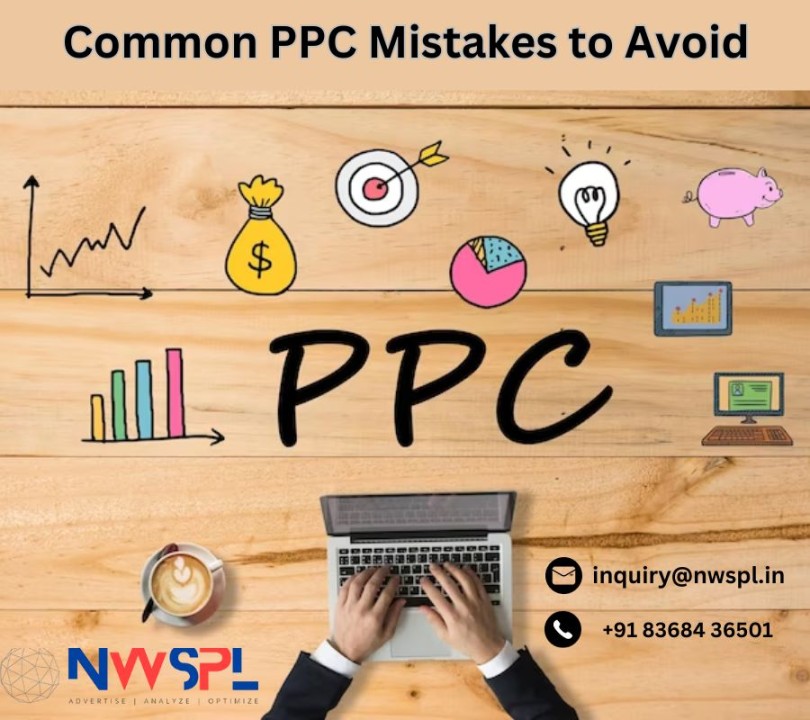Search Engine Marketing (SEM) is a powerful digital marketing strategy that involves paid advertisements to increase a website’s visibility on search engine results pages. Demystifying SEM is crucial for businesses looking to leverage its potential and create successful paid search campaigns.
Introduction
SEM goes beyond organic search optimization and involves paid advertising to target specific audiences. Understanding the key components of SEM and the step-by-step process for creating effective paid search campaigns is essential for businesses aiming to maximize their online presence and drive targeted traffic.
Step 1: Keyword Research
The foundation of any successful SEM campaign lies in thorough keyword research. Identifying relevant keywords that align with the business’s products or services ensures that ads are displayed to users actively searching for those offerings. Utilizing keyword research tools and analyzing competitor strategies can inform a comprehensive keyword list.
Step 2: Ad Copy Creation
Compelling ad copy is crucial for capturing the audience’s attention and encouraging clicks. Crafting concise, persuasive, and relevant ad copy that highlights unique selling propositions (USPs) is a key step. A/B testing different variations of ad copy allows marketers to determine which messages resonate best with their target audience.
Step 3: Setting Budgets and Bids
Determining an appropriate budget for the SEM campaign is vital. Allocating funds strategically across different campaigns and ad groups ensures efficient spending. Setting bids for keywords involves a balance between competitiveness and cost-effectiveness. Continuous monitoring and adjustments are necessary to optimize performance over time.
Step 4: Ad Extensions and Formats
Enhancing the visibility and relevance of ads can be achieved through the use of ad extensions. These additional snippets of information, such as site links, callouts, and structured snippets, provide users with more context and options. Selecting the right ad formats, including text ads, display ads, and video ads, depends on the campaign objectives and target audience.
Step 5: Landing Page Optimization
Driving traffic to a website is only half the battle; ensuring a seamless user experience upon arrival is equally important. Optimizing landing pages for relevance, clarity, and a strong call-to-action improves conversion rates. Alignment between ad content and landing page messaging enhances user trust and satisfaction.
Step 6: Monitoring and Analytics
Regular monitoring of campaign performance is essential for making data-driven decisions. Utilizing analytics tools to track key metrics such as click-through rates (CTR), conversion rates, and return on ad spend (ROAS) provides insights into what is working well and where adjustments are needed.
Conclusion
Demystifying SEM involves breaking down the complexities of paid search campaigns into manageable steps. By conducting thorough keyword research, creating compelling ad copy, setting appropriate budgets and bids, utilizing ad extensions, optimizing landing pages, and continuously monitoring performance, businesses can unlock the full potential of SEM. A well-executed SEM strategy not only increases online visibility but also delivers measurable results in terms of targeted traffic, conversions, and overall return on investment.



